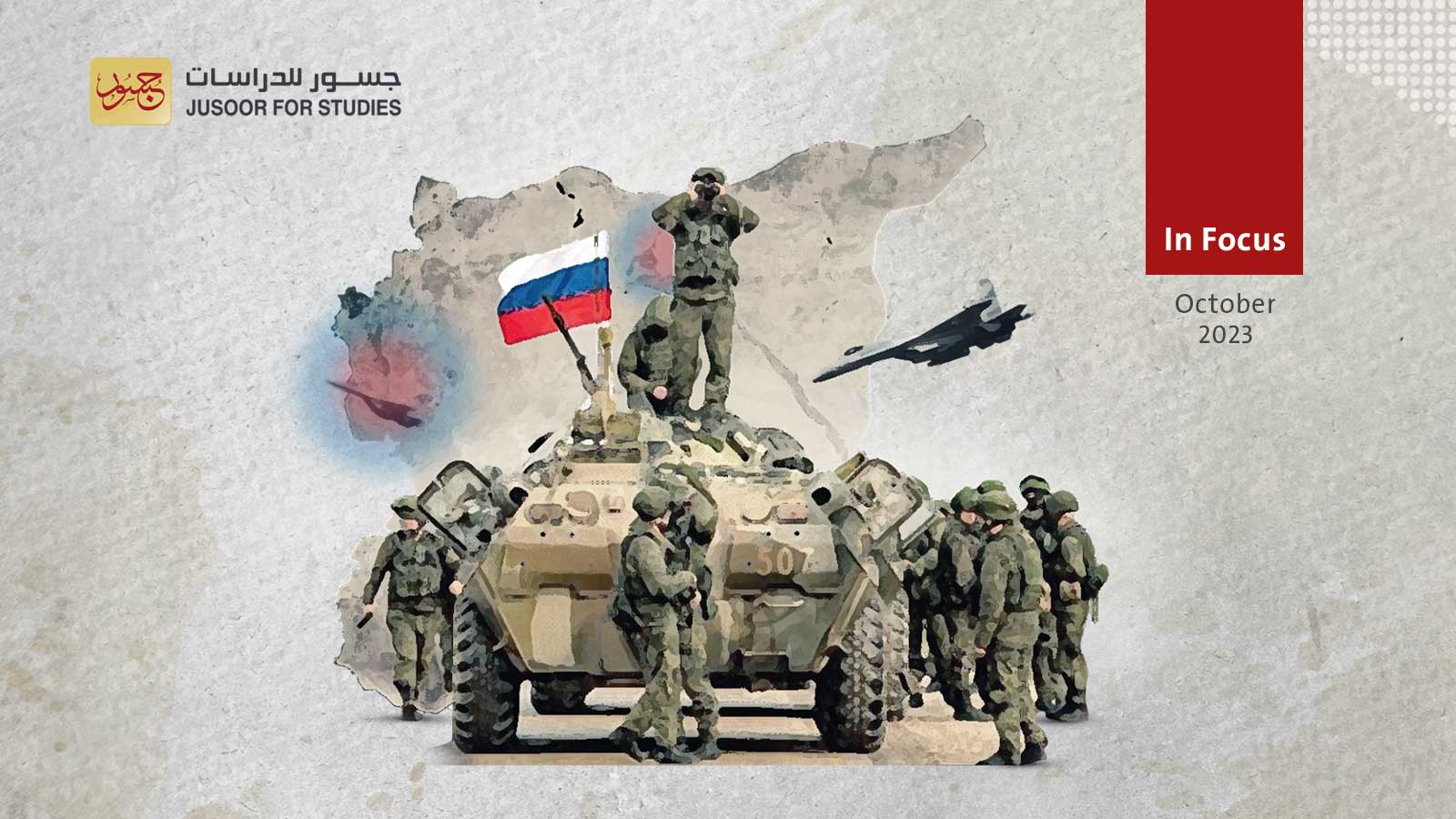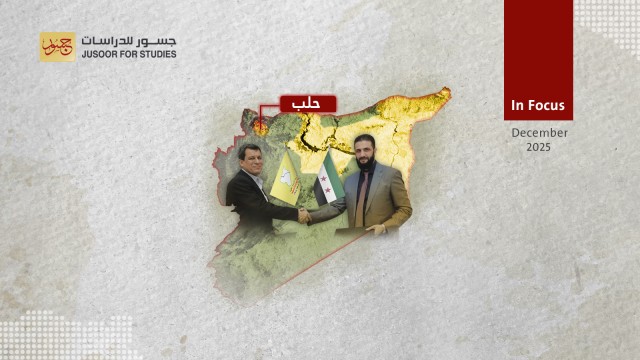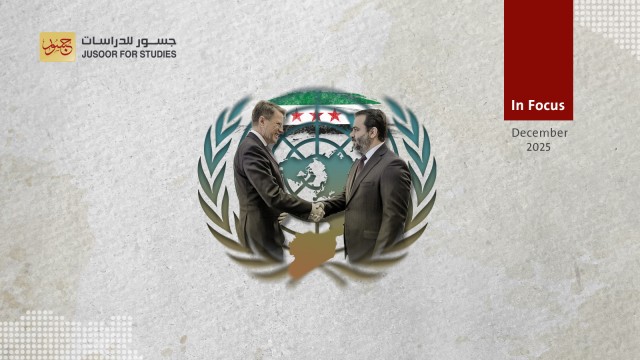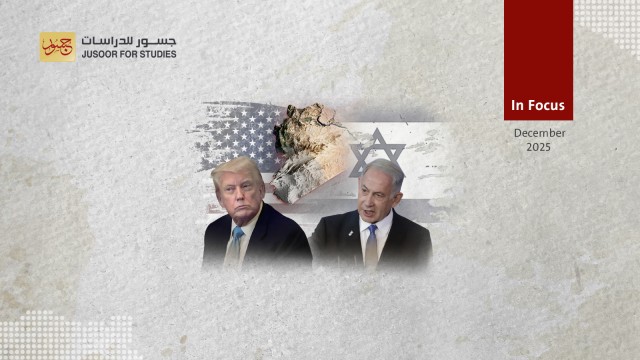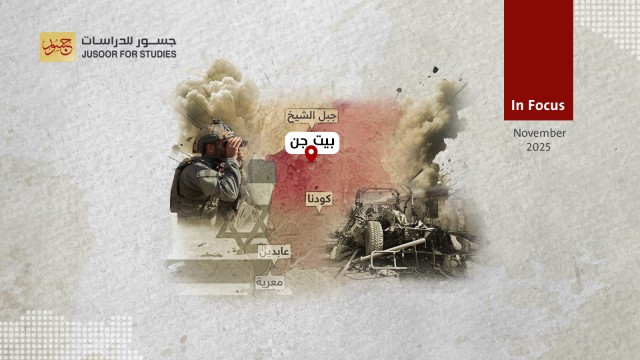The State of Russian Influence in Syria: 8 Years Post-Military Intervention
Eight years have passed since Russia's military intervention in Syria. However, in the past two years, Syria's prominence in Russia's foreign policy has decreased due to the ongoing conflict in Ukraine. This shift has had repercussions on various Syrian matters that Russia once heavily influenced, including ceasefires, the political landscape, ties with external powers, and the steps towards normalization with the Syrian regime.
To support its military campaign, which began on September 29, 2015, Russia relied on several propaganda pillars: the legitimacy of the intervention at the invitation of a recognized government, combating terrorism, and showcasing excessive military prowess with advanced weaponry. Russia had multiple strategic objectives for its intervention in Syria, the most prominent of which was to restore the regime's control and sovereignty over the entire country, as well as to reshape diplomatic relations in the Middle East.
Russia's objectives did not proceed as initially planned. With the fall of Aleppo, its efforts were challenged by the foreign presence of both the United States and Turkey. This compelled Russia to limit its combat zones and sign a de-escalation memorandum in 2017 with Turkey and the United States. Although this tactic allowed the regime to regain control of southern and central regions of Syria and nibble at some northern areas, it halted at a point where any further military advancement would risk confrontation with Turkish forces in the north and American forces in the east.
The military nibbling operations came to a halt after the signing of the Moscow memorandum in 2020 between Turkey and Russia. Following that, Russia sought a political breakthrough to restore and maintain the regime's sovereignty over the entire country through diplomacy. It intensified its efforts to break the regime's international isolation, fostering and supporting both the Arab and Turkish normalization paths with it. Despite significant progress made in this regard during 2022, by 2023 relations with the regime began to witness a notable and impactful decline. Consequently, regions in the east and north remained outside its control, and its dominance receded in other southern areas.
Russia has consistently endeavored to overcome the tactical barriers in Syria, established not only by the U.S. and Turkey but also by Iran. However, it came to the realization that surmounting these obstacles was challenging due to a military imbalance with these powers and their unwavering determination to uphold their respective influences, especially given the absence of a clear pathway to a comprehensive political resolution in Syria. Consequently, Russia's current strategy focuses on minimizing confrontations with its rivals and partners in Syria. At the same time, it capitalizes on its political sway, reinforced by its military capabilities, to achieve its overarching strategic goals.
As a result of its military intervention in Syria, Russia firmly controlled operational aspects related to the decision-making of launching battles, ensuring aerial coverage, and dictating the military strategies of the forces, both in terms of organization and training. This became evident through its shift from relying on conventional military units during the 2020 northern operations, to favoring units that Russia established, trained, and continuously armed, such as the 25th Division, the 4th Corps, and the 5th Corps. The Hmeimim base assigned tasks to these units, planned their operations, and supervised them.
Before Syria transitioned into a phase of military stagnation in 2020, combat dynamics unveiled vulnerabilities in Russian military technology. Turkey successfully disrupted the aerial supremacy maintained by both Russia and the United States, deploying its "Bayraktar" drones, which managed to target and destroy premier Russian defense systems, such as the Pantsir. Additionally, Russia's defenses were unable to deter Israeli strikes within Syria. These revelations bolstered Russia's strategy, leading them to judiciously deploy special forces and avoiding large-scale conventional ground engagements. Instead, Russia emphasized aerial backing for the Syrian regime's troops and allied Iranian militias.
Following the outbreak of the war in Ukraine in 2022, Russia's military strength, including its military technology, faced further erosion. This impacted the image it had crafted in the Middle East regarding its regional role. Additionally, its military influence in Syria started experiencing a slight decline, making room for Iran, which filled the void left as Russia repurposed and redeployed the military units it had trained in Syria to the Ukrainian frontlines.
Russia's focus on the war in Ukraine led to a decline in its commitment to coordination mechanisms with foreign powers in Syria, which it had established since its intervention in 2015. Unprecedentedly, there was an increase in protocol breaches regarding deconfliction between the US and Russian forces. Israel no longer frequently adhered to the hotline mechanism, and the emphasis on joint patrols between Russian and Turkish forces east of the Euphrates diminished.
While Russia maintained its influence over the Syrian regime's military decisions, it partially and relatively lost its grip on the regime's political decisions to Iran. This shift emerged as a consequence of prioritizing the conflict in Ukraine. This was particularly evident in the Arab and Turkish normalization tracks, where Russia's mediating role drastically diminished. Such a reduction in Russia's influence, combined with other factors, might prompt several countries to reassess the viability and significance of re-establishing ties with the Syrian regime.
In conclusion, Russian influence in Syria is experiencing a persistent decline. Before the outbreak of the conflict in Ukraine, Russia failed to transform its military and on-ground achievements into economic and political gains due to the stance of Western countries. Currently, the political tools or mechanisms that Russia has established in Syria face challenges that might gradually erode them, which will inevitably impact the returns on all the years of its military intervention in the country.

